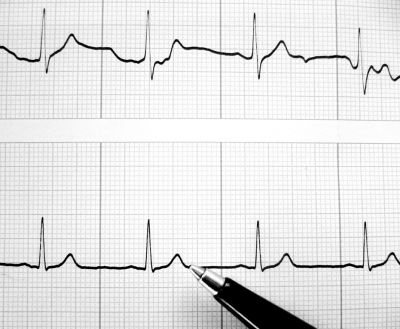With the ageing of the European population the prevalence of arrhythmia,
affecting millions of people, is expected to increase. Patients with AF
have higher risks of stroke, heart failure, hospitalisation and
mortality. While occurrence of AF increases with age, it can affect
younger people with genetic predispositions.
Due to the multiple possible causes of AF, it remains challenging to identify specific mechanisms to be targeted in therapy. The current clinical approach to AF includes antiarrhythmic drug therapy. Early AF diagnosis makes clinical interventions easier and more successful.
A project called 'The European network for translational research in atrial fibrillation' (
EUTRAF) was set up to study the causes, progression and treatment of AF. Better understanding of AF, new biomarkers and identifying novel therapeutics are the project's scientific goals. Through establishing a network of the centres of excellence in clinical research and private companies, scientific advancements are being translated into AF diagnostic and treatment tools.
EUTRAF is an ongoing five-year project to be completed by November 2015.
The project is steadily progressing towards ambitious technical goals to develop real-time fully automatic fibrillation electrograms analysis techniques, novel treatment options and non-invasive diagnostics tools.
Scientists are studying cellular and molecular mechanisms of AF, identifying and validating novel ion channels and transporters for future therapies. Research on animal models addresses oestrogen protection, atrial blood flow regulation and identification of the genetic components of AF to predict novel therapeutic targets.
Pre-clinical studies include measurement of fibrosis through electrograms and atrial fat infiltrations assessment through computerised tomography scans. Clinicians are using electrocardiogram-derived atrial complexity parameters to predict the outcome of therapeutic catheter ablation with increasing accuracy. Information technology infrastructure intended to support clinical decisions will help to predict and prevent the consequences AF, such as stroke and thromboembolism.
In addition to improving patient care through early diagnostics and treatment, the project is expected to decrease the cost of current AF management.

